An Absolutely Amazing Adventure
Published on July 4th, 2016
The Race to Alaska (R2K) is a unique 750-mile marathon open to all forms of non-motorized craft. Entrants can have no support of any type; it’s like the Iditarod but on a boat. Avoid drowning, freighters, killer whales, and grizzly bears, and the winner gets $10,000. A set of steak knives awaits the runner-up.
It is a two stage event, with the first stage from Port Townsend, WA to Victoria BC as a 40 mile qualifier before entrants can start the 710 stage from Victoria BC to Ketchikan, AK on June 26. Thirty-eight teams made the cut, and for various reasons, were Alaska-bound.
The big winner was Team MAD Dog Racing and their M32 catamaran, sailed by Randy Miller (team captain), Ian Andrewes and Colin Dunphy. The team blistered the previous record by over a day, finishing in 3 days, 20 hours, 13 minutes. Even more remarkable…they survived to tell about it.
After living on an unprotected trampoline, in harsh climate, with a large carbon fiber beach cat underneath, Ian Andrewes shared some of the experience with Scuttlebutt editor Craig Leweck…
How did your team come together?
We started racing together a few years ago. I met Randy in San Francisco near the conclusion of the 2013 America’s Cup. He had just bought the boat from Ken Read and was looking for some young guns to race with him. I ended up taking the boat out to Miami that same year to race in the Miami Gold Cup Series. Colin and I met in high school and I just told him he had to come racing with us. Ever since then we’ve had a ton of racing together all around the country.
 How long had your team planned for the race?
How long had your team planned for the race?
We started talking about it during last year’s edition but things didn’t really take off until about 8 months ago. It was nonstop action to get everything ready in between our other commitments.
Why the M32?
We chose the M32 because we really believed it was the fastest possible boat to complete this course on. It’s small and light enough to get through the narrow and light spots. We pushed it a lot in San Francisco and went through many challenges with breaking masts, foils, etc. We were confident with the boat after all that we had done to it.
What were some of the concerns your team had planned for?
We discussed all possible scenarios with regards to major breakages during the race. We prepared with bringing the right amount of spares while still maintaining our one design racing weight. But at some point we knew there was just going to be this inherent risk of suffering a catastrophic breakdown that goes beyond your control. However, we were very methodical with each and every step and real engineering was done on all structural parts of the platform, rig and foils.
Any incidents that you had to recover from?
Nothing major happened and the trip was actually pretty mellow. We had a long day two beating out Johnstone Strait in 30+ knots with two reefs. It was the most load the boat saw as we were launching off waves. I think a split-ring fell off a pin in our mast rotator control (should have taped it) which caused it to go from a 4-1 to 3-1 purchase. Other than that the boat held together perfectly.
Any close calls?
We were definitely swerving around massive logs and kelp patches and managed to avoid most of them. A few times I would have to hang off a transom with the carbon paddle board oar to clear kelp off the t-foils. We had a close call with a grey whale on the last morning as we were ripping into Ketchikan. All three of us were awake at that time, trying to really push the boat to its limit, and about 20 feet off the starboard bow this whale breaches and scares the crap out of us. We’re just happy it wasn’t closer!
What did you use to navigate? Was battery life an issue?
We mostly used Navionics on android based tablets. One of our sponsors is AnkerBox Batteries and they supplied us with 16 portable charging units. Each one is the size of small phone and can charge a normal cell phone fully about three times. We ended up only using about five units for the whole trip.
How many days for Stage 2 did you plan for?
We planned for four days but were equipped to survive up to six without stopping. We took 53 litres of water and only consumed 31 of them during that stage. We spent a lot of time building the menu based on calorie counts for each day’s progression. We felt confident in what we took with us and the only thing we might alter for next year is more cheese balls.
What was the plan for getting rest?
Ha ha…what plan? Well we sort of had a plan but it was completely untried and untested. We had a bivouac sack that we could slide into if the conditions and/or course allowed. However, it was only ever good out on the rack. Otherwise you just curl up the fetal position and deal with it.
How different was the race than what you were expecting?
I knew it was going to be an adventure from the get-go no matter how fast we would make it. I guess I’m just blown away at how cool the people are that make this race what it is. Our competitors that left Victoria intent on making it here to Ketchikan are truly world class. The camaraderie of looking out for each other, while at the same time trying to beat them in a part of the world that has never been raced in before, is truly unique and amazing and I will definitely be back again next year!
Event details – Facebook – Twitter – Stage 1 tracker – Stage 2 tracker
Background:
Stage 1: Port Townsend, WA to Victoria BC (40 miles)
It all begins June 23 with an initial race across open water, two sets of shipping lanes, and an international border. The first stage is designed as a qualifier for the full race and as a stand-alone 40 mile sprint for people who just want to put their toe in. Racers continuing on will clear Canadian customs in Victoria. Stage one winners get to bask in the glory for a full day and a half.
Stage 2: Victoria BC to Ketchikan, AK (710 miles)
There’s no time splits from the qualifier that roll over when the fleet starts in Victoria on June 26. The race for the prizes – real or imagined – is getting to Ketchikan. For those that lag, they risk getting tapped out by the sweep boat which heads north along the course as a rolling disqualifier. Any competitor the sweep boat passes is out of the race. Other than two waypoints at Seymour Narrows and Bella Bella, there is no official course. To quote the bard: You can go your own way.
Winner: The 2015 race was won by Team Elsie Piddock – Al Hughes, Graeme Esarey, and Matt Steverson – that crushed the fleet in a F-25c, completing Stage 2 in 5 days, 1 hour, 55 minutes. They finished almost 40 hours ahead of the second place finisher Team MOB Mentality (F85SR, a 28′ Farrier “Super Racer”) which just edged by 4 minutes third place finisher Team Por Favor (Hobie 33).


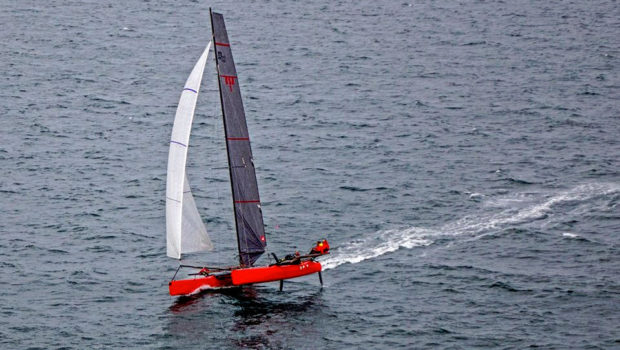

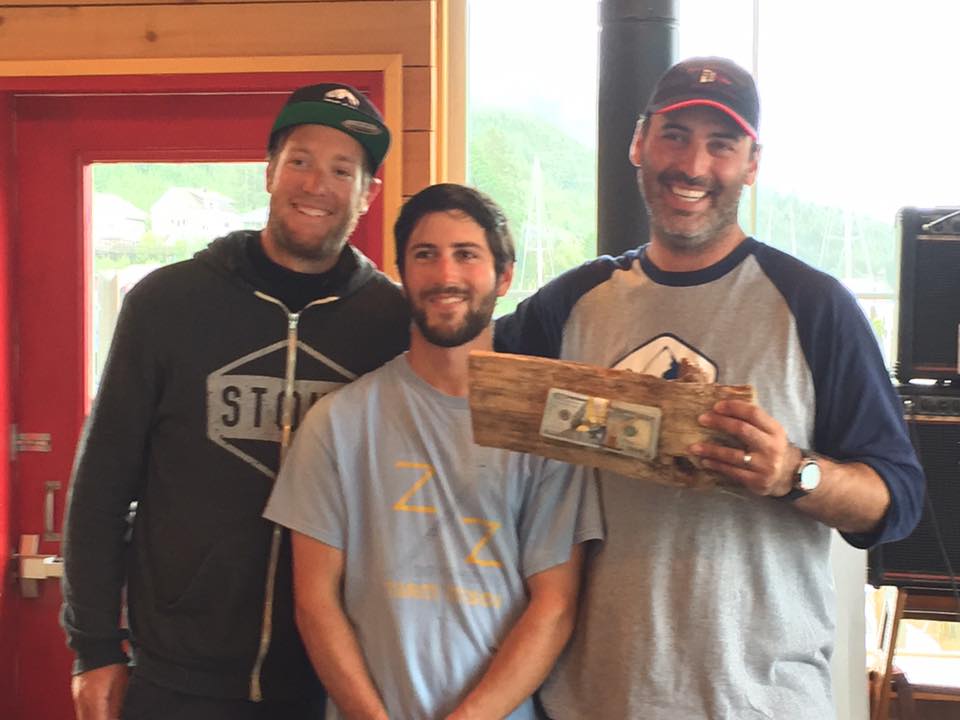
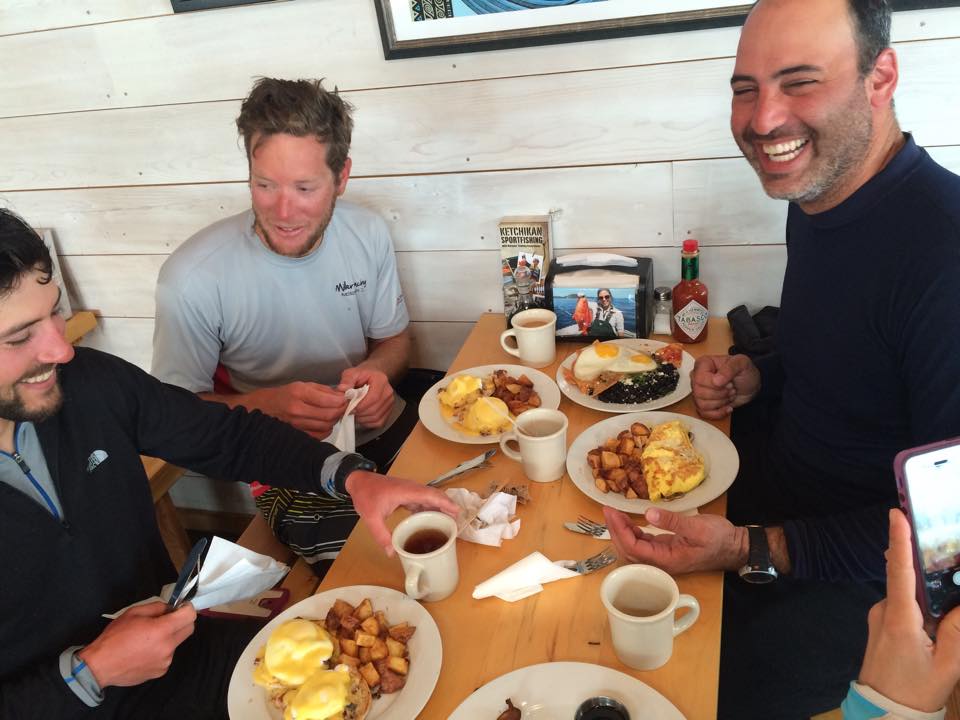

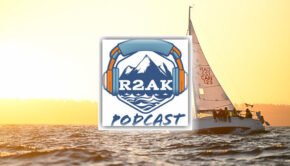
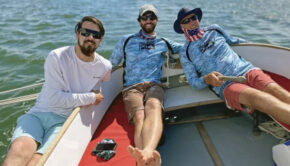
 We’ll keep your information safe.
We’ll keep your information safe.